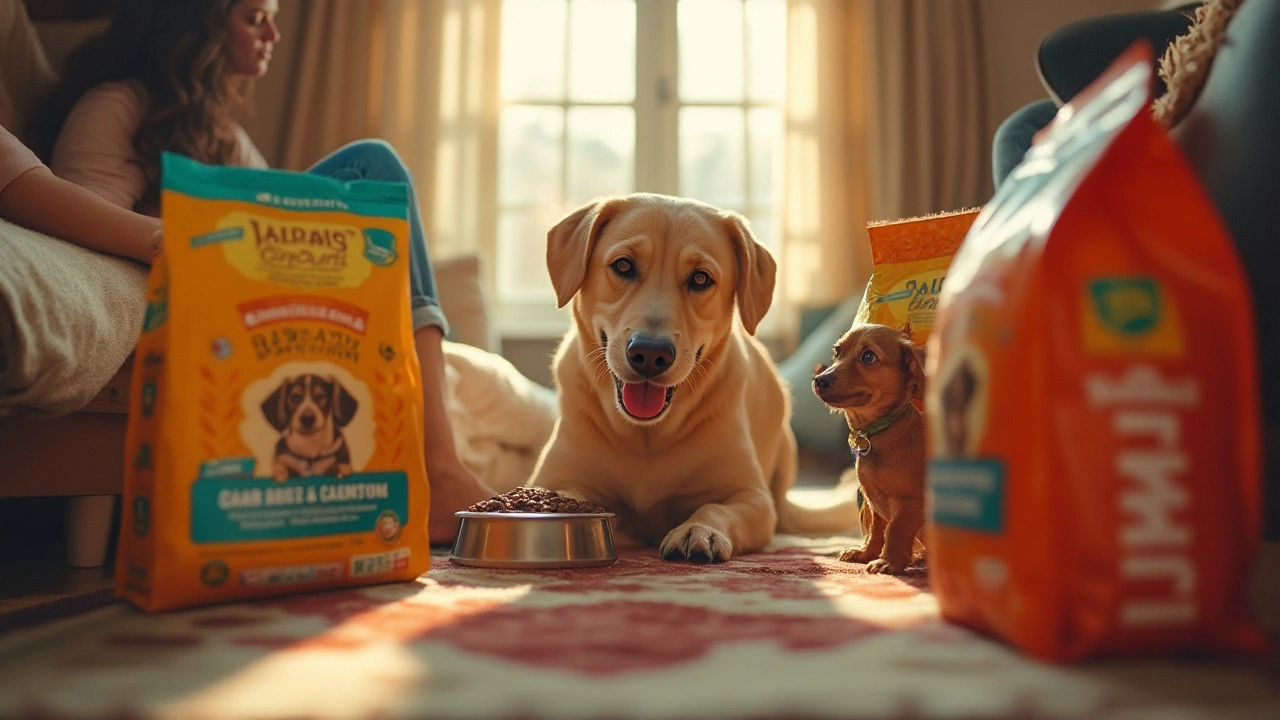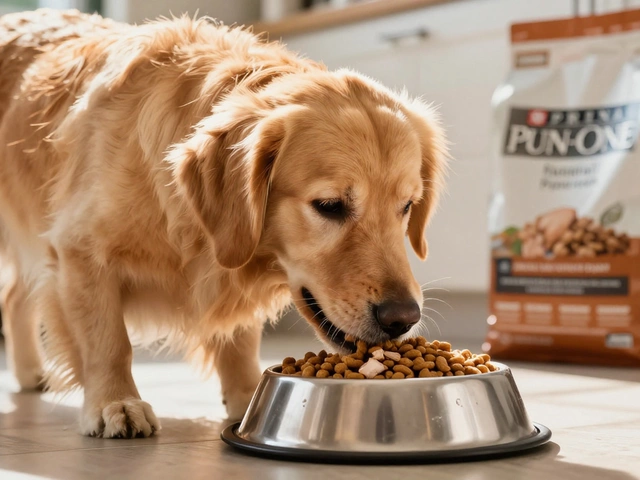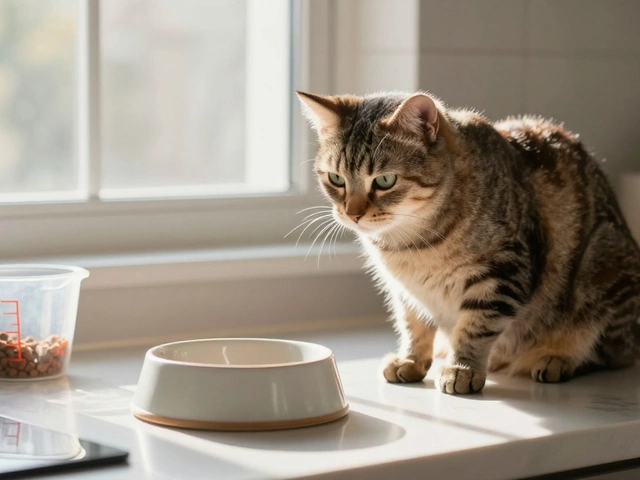Purina Dog Food – What You Need to Know
If you’ve ever walked into a pet aisle, you’ve probably seen the bright Purina bags stacked next to the other brands. But what makes Purina dog food a go‑to for many owners? In this guide we break down the basics, help you pick the right formula, and share simple feeding tricks that keep your dog thriving.
Understanding Purina’s Nutrition Basics
Purina builds its recipes around the protein‑first rule. Most dry foods list real meat, chicken or fish as the first ingredient, which means you’re getting quality protein for muscle support. Look for the AAFCO statement on the bag – it tells you the food meets minimum nutrient standards for growth, maintenance, or all life stages.
Purina also adds a blend of vitamins, minerals, and antioxidants. These aren’t just marketing fluff; they help boost immune health and keep coat shine. If your dog has a sensitive stomach, the “Sensitive Skin & Stomach” line includes pre‑biotic fibers that can soothe digestion.
One thing to check is the guaranteed analysis. It lists the minimum percentages of protein and fat, plus maximum fiber and moisture. Aim for at least 20% protein and 10% fat for an active adult. Higher protein levels (around 30%) are better for working dogs or high‑energy puppies.
Choosing the Right Purina Formula for Your Pup
Purina offers several sub‑brands – Pro Plan, Dog Chow, ONE, and Beyond. Each targets a different need. Pro Plan focuses on performance (think high‑protein or weight‑control formulas). Dog Chow is a solid, budget‑friendly option for everyday feeding. ONE adds superfoods like chia or kale for extra antioxidants, while Beyond is grain‑free and uses novel proteins like salmon.
Match the formula to your dog’s life stage. Puppies need DHA for brain development, so a puppy‑specific bag is a smart pick. Senior dogs benefit from joint‑support blends with glucosamine and chondroitin. If your dog has allergies, go grain‑free or look for a limited‑ingredient version.
Don’t forget portion size. The bag will give a feeding chart based on weight, but adjust for activity level. A couch‑potato dog needs less than a backyard explorer of the same weight. Split meals into two or three feedings to keep energy steady and avoid bloating.
Storage matters too. Keep the bag sealed and store it in a cool, dry place. If you buy in bulk, use a airtight container to keep the kibble fresh and crunchy.
Finally, test a small amount before switching your whole diet. Mix the new Purina food with the old one, gradually increasing the new portion over a week. Watch for changes in stool, appetite, or energy. If anything looks off, consult your vet.
Bottom line: Purina dog food can be a reliable, nutritious choice as long as you read the label, pick the right sub‑brand, and feed the proper amount. With a little attention, your dog will stay healthy, happy, and ready for the next walk.

Purina vs IAMS: Finding the Best Dog Food for Your Pet
Choosing the right dog food brand is crucial for your pet's health. Between Purina and IAMS, both offer diverse options tailored to specific dietary needs. This article explores their nutritional values, ingredient quality, and customer reviews. It offers insights into making an informed decision for your furry friend's well-being.
read more



